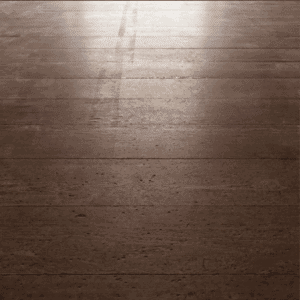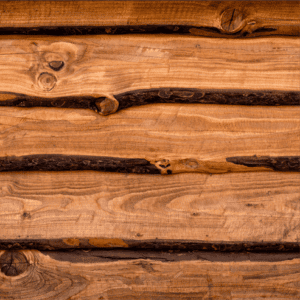We love hardwood flooring for a myriad of reasons. It’s resilient, it adds value to the home, and it just looks good. That said, there are some things to keep in mind when it comes to caring for your hardwood – such as being mindful of hardwood gaps.
While the hardwood in your home is no longer a living thing, it is comprised of organic material—specifically, organic material with natural properties of absorbing water and nutrients. The hardwood floor you buy today will not look the same in twenty years, despite your method or attentiveness to upkeep. The fibers within the wood itself are in a constant state of flux, so solidity, flexibility, and tension can change.
Wood absorbs moisture, causing it to expand. In the winter months, though, the air tends to be drier. And even if it’s still wet outside, your heater is likely working overtime to compensate for the cold. In doing so, it sucks all the moisture out of the air and from your wood. This can result in gaps in floorboards.
The gaps in hardwood floors may be imperceptible. However, in climates that experience extremes in temperature fluctuations, the gaps may become much more noticeable over time.
What can you do to prevent hardwood gaps?
Focus on keeping the outside, well, outside. Make sure all cracks are sealed and, if necessary, older windows are replaced. Colder air that comes into your house through cracks and crevices rather than the ventilation system won’t share the humidity level, which can have an impact on the wood.
The next way to provide wood floor protection is by focusing on keeping a good humidity balance within the home. Ideally, your indoor humidity should be between 35%-55%, which isn’t always easy to do if the heater is running. A humidifier can help add moisture back to a room—even boiling a pot of water and letting the steam disperse in the air can help. If the gapping problem is a serious one (threatens your home’s structural integrity), you might consider installing a humidifying system.
If you notice gaps in your hardwood floors over the winter that weren’t there over the summer, the best course of action is just to ignore them. In this case, attempting to fix gaps in hardwood floors that can cause them to buckle in the summertime, as there won’t be room for them to expand.
However, gaps in older flooring can be more permanent. If you’re considering filling a gap, we advise you first wait until summer so you can see how the wood expands in more humid conditions. If you can fit a nickel in a crevice, then it might be worth treating with woody putty.
At any time, if you have questions about your hardwood flooring, remember the team at Classic Wood Floors is here to help!



